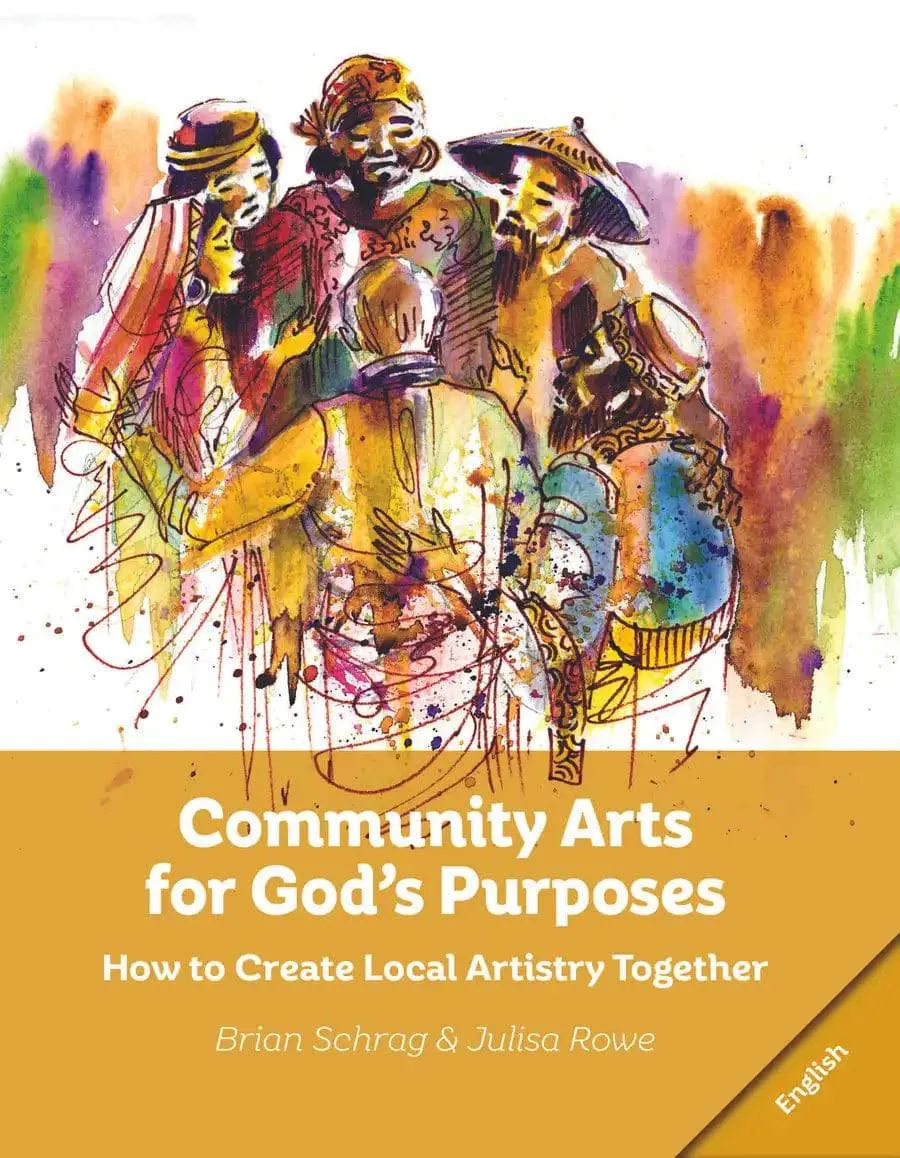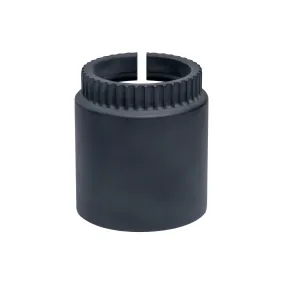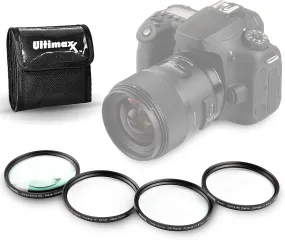[DESCRIPTION]
People communicate by speaking words in over seven thousand languages around the world. They also sing, dance, paint, preach, dramatize, and design communication that enlivens heart, soul, mind, and strength. God gave every community unique gifts of artistic expression to enable its members to proclaim the Truth and to bring healing, hope, and joy to others in the fallen world in which we live.
Community Arts for God's Purposes highlights the CLAT (Creating Local Arts Together) method, a seven-step process that inspires artistic creativity and collaboration with local musicians, dancers, storytellers, actors, and visual artists. In this manual, the arts are treated as special kinds of communication systems, connected to specific times, places, and social contexts. As local communities use the creative gifts developed in their particular culture to worship God and extend his kingdom, a beautiful example of the Lord’s complex artistry emerges.
This book helps communities draw on examples and insights from over two thousand years of church history to understand and improve the present. It motivates people by painting a vivid picture of a better future: the kingdom of Heaven. Contributors also apply expertise from multiple academic disciplines, such as ethnomusicology, performance studies, anthropology, biblical studies, and missiology.
Experiment with this manual. Adapt it to your setting. Let it be an aid in creating astounding bits of artistry on earth that you’ll recognize in Heaven.
See the . [/DESCRIPTION] [SUBTITLE]How to Create Local Artistry Together[/SUBTITLE][CREDIT] Brian Schrag and Julia Rowe [/CREDIT] [PAGES] 88 [/PAGES] [BINDING] paperback [/BINDING] [PUBLISHER] William Carey Publishing [/PUBLISHER] [PUBLISHYEAR] 2020 [/PUBLISHYEAR] [TOC]
Preface
Prepare Yourself
Use the Creating Local Arts Together Method
Creating Local Arts Together (CLAT) Summary
Step 1: Meet a Community and Its Artistic Genres
Step 2: Specify Kingdom Goals
Step 3: Connect Genres to Goals
Step 4: Analyze Genres and Events
Step 5: Spark Creativity
Step 6: Improve Results
Step 7: Celebrate and Integrate for Continuity
Closing Matter
Closing 1: Community Arts Profile (CAP) Outline
Closing 2: Summary Decision Rubric
Closing 3: Creating Local Arts Together (CLAT) Summary
Figures
Fig. 1 Careful Contextualization
Fig. 2 Creating Local Arts Together
Fig. 3 Simple Arts Engagement Activities
Fig. 4 Creating Local Arts Together (CLAT): A Summary
Fig. 5 Studying the Community: Some Questions to Ask
Fig. 6 How to Recognize Artistic Communication Acts
Fig. 7 Genre Comparison Chart
Fig. 8 Simplified Overview of Connecting Genre to Goals
Fig. 9 Advice for Audio and Visual Recording
Fig. 10 Characteristics of an Artistic Event Suitable for Study
Fig. 11 Categories of Performance Features
Fig. 12 Things to Write Down When Designing a Sparking Activity
Fig. 13 An Approach to Effective Evaluation
[/TOC]














